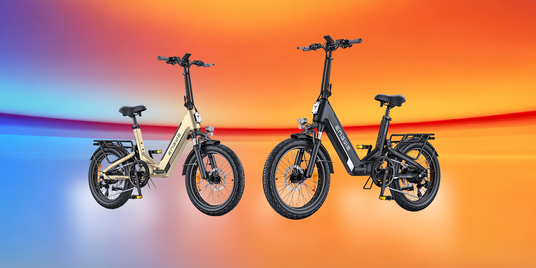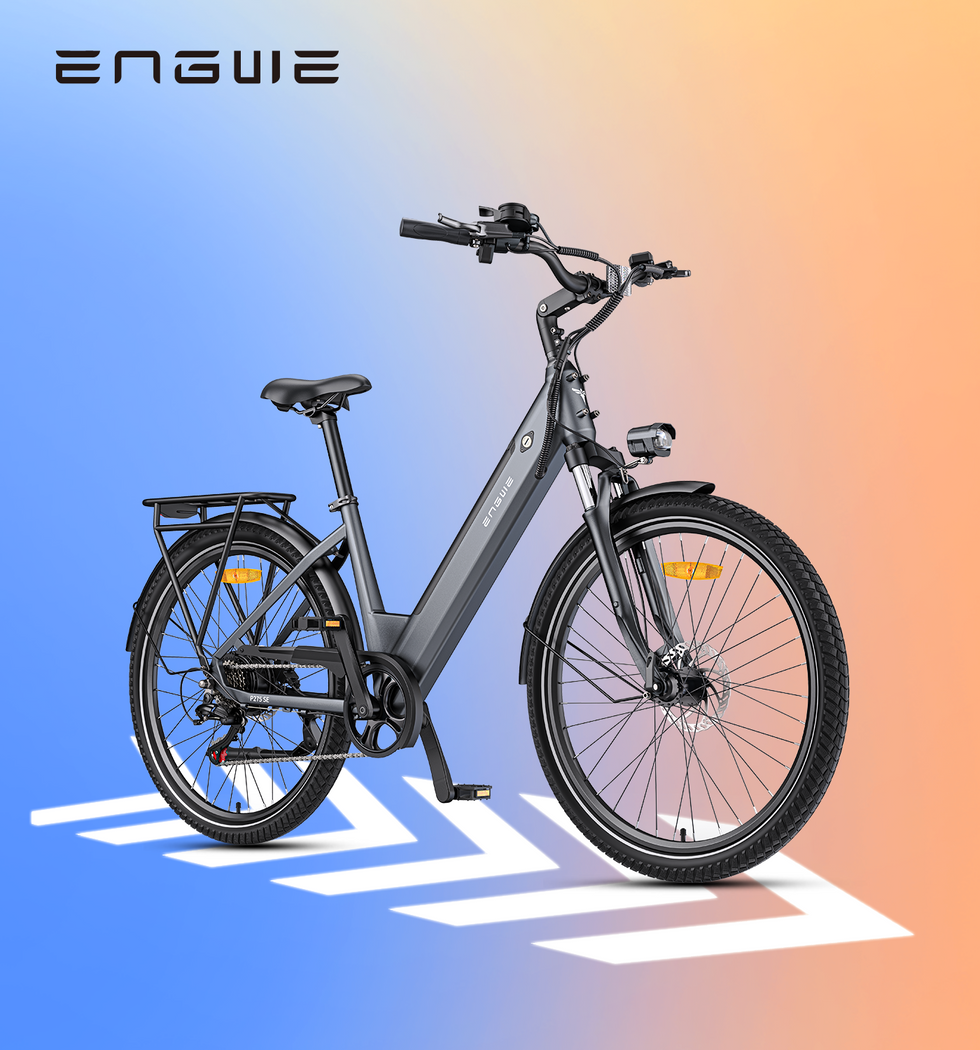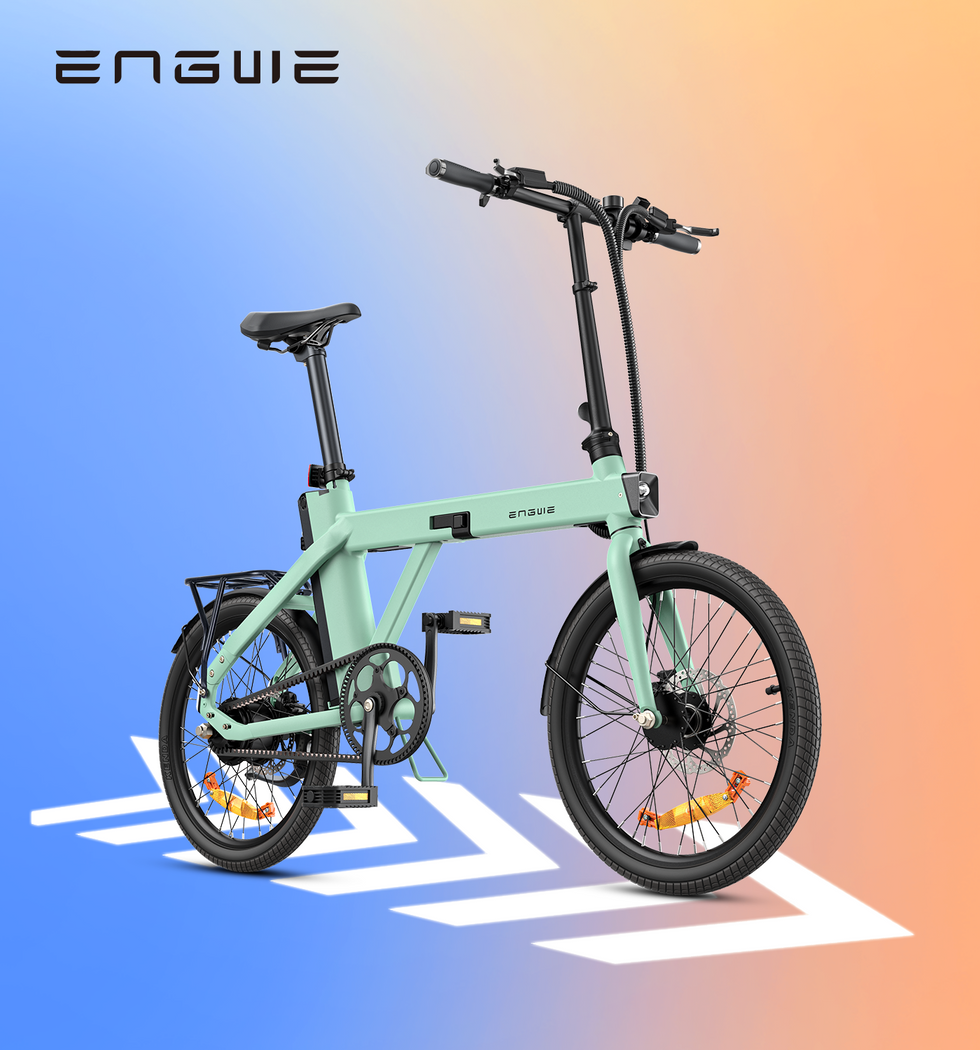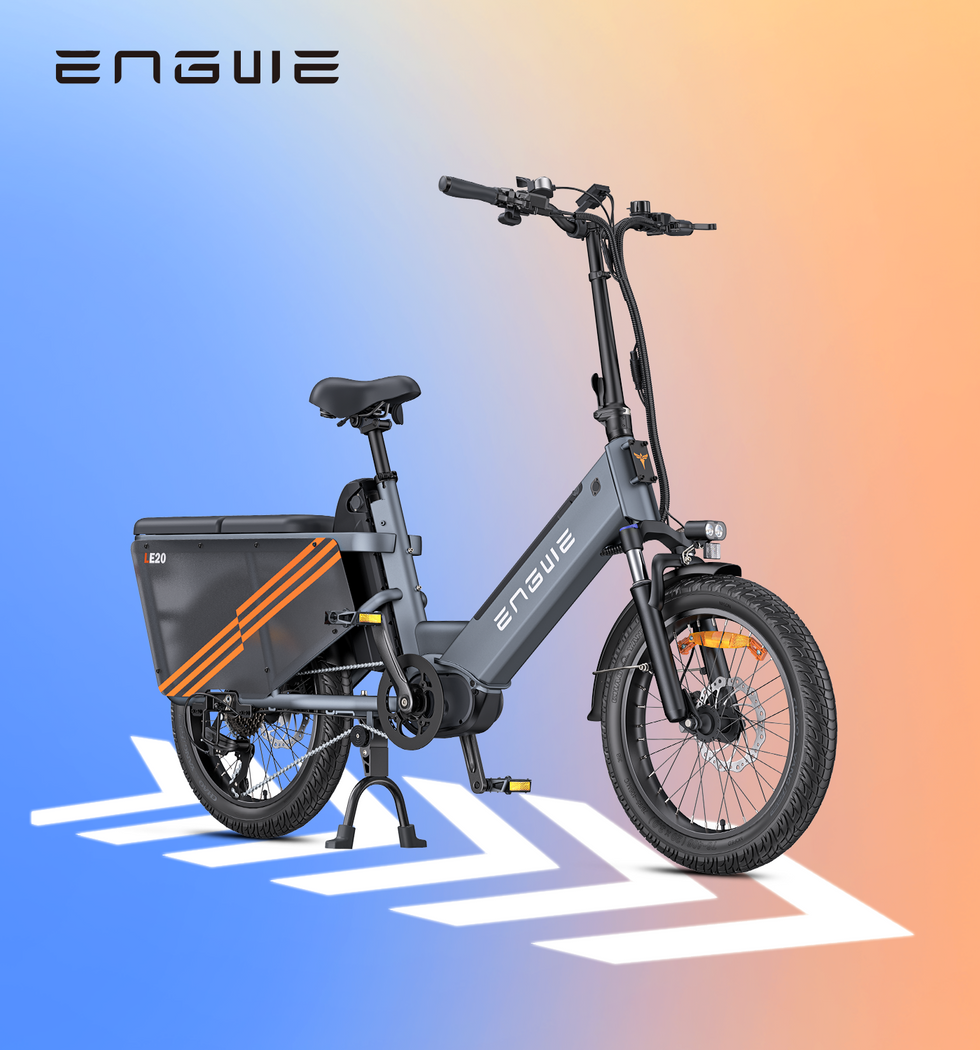The quest for the perfect electric bicycle can be daunting. You are presented a bewildering number of models, technical specifications, and subjective reports. Electric bicycle reviews are supposed to make sense of your options, but more often than not they just make things more confusing. The trick is to stop searching for the one true “best” bike and start looking for the right bike for *you*. This guide was specifically built to make it easy for you to do just that. We’ll cut through the stuff that doesn’t matter, demystify the technical jargon, and help you develop an unfiltered, unapologetic taste for the kind of bike that’s right for you—all from the smooth, round perspective of someone who’s ridden thousands of these things. Your job is to locate a system that fits effortlessly into who you are, and my job is to teach you how.
Knowing What You Need That Suits You – The Beginning of the Ultimate Electric Bike.
Before you get lost in the specs of any individual electric bike, you should ask yourself a fundamental question: What will you be using it for? The way you plan to use it is hands down the most crucial thing that will determine what type of e-bike you should even be looking at. Attempting to use a hardcore mountain e-bike for a daily city commute is as unrealistic as it is taking a lightweight folding bike up a rugged trail. Let’s break down the major groups to point you in the right direction.
Urban and Commuter E-Bikes
Workhorses of the e-bike world, these are designed to be practical and efficient on city streets. They generally have a comfortable upright riding position and practical necessities such as mudguards to keep the rider clean, a rear rack for carrying luggage, or groceries, and often integrated lighting for safety. They cater for reliability and minimal maintenance for day-to-day use.
Mountain E-Bikes (eMTB)
Designed for the trail, these are stout machines with big motors to help you negotiate steep climbs. It tends to used suspension at the front, and sometimes also the rear, bump-soaking suspension, robust frames designed to put up with tough riders, and knobbly, wide tyres with lots of grip on loose surfaces. They’re for the adventurer who wants to venture off-road with an electric assist.
Hybrid E-Bikes
Pure-as-they-come all-rounders are the chaps to get. They’re a hybrid of a road bike and a mountain bike, which means they work well for a mix of tarmac, canal towpaths and light trails. If the types of riding you do are diverse and you’d like to cover as many of them as possible with one bike, a hybrid is often a smart pick.
Folding E-Bikes
For the people who are short on storage or looking to use a bike in combination with a multi-stage train or car journey, a folding electric bike is exceptionally convenient. They are built with a definite eye on portability, with smart frame designs that collapse in on themselves, making them easy to fit in the back of the car, flat, or even in the office. Despite having smaller wheels, new designs actually provide an extremely stable and comfortable ride.
Deciphering The Jargon: What Matters Most For Each Feature?
After you figure out the correct e-bike category, you can begin to compare models. Here’s where the technical stuff comes into play, but don’t be scared. Only a handful of the ingredients really contribute to the experience of the ride.
Motor and Torque
In the UK and EU, road-legal e-bikes are limited to a 250W motor which can only help you out up to around 25kmph (15.5mph). Power output is regulated, but not the manner in which that power is applied. This is where Newton-metres (Nm) of torque matters. The higher the Nm rating, the more turning force the motor provides, and the better your acceleration and the easier time you’ll have climbing hills. Even more crucial than the lens is the sensor. A basic cadence sensor just checks whether or not you are pedalling and activates the motor, which can be jerky. A more sophisticated torque sensor, however, measures how *hard* you’re pedaling and adjusts the motor’s power to match that. This equates to a ride which is incredibly smooth, intuitive and natural… almost like your own leg power has been magnified.
The Battery
This is your e-bike’s gas tank. It's capacity is indicated in Watt-hours (Wh), although it is reported as Volts (V) and Amp-hours (Ah). Put simply, the higher the Ah rating at the same voltage, the further a scooter can go. Look carefully at that range, but consider it a best-case scenario. Real-world range depends on rider weight, plus the terrain, as well as the wind and what level of assistance you choose. One thing to pay attention to is whether the bike has a removable battery so you can easily charge it indoors and not leave it vulnerable to theft when the bike is parked outside.
Brakes, Tyres & Frame
Don't forget, stopping is just as fun and jumping. The stopping power of disc brakes, be they mechanical or hydraulic, is so much greater than a conventional rim brake, especially in wet conditions. For the tyres, Shimano makes you choose between the 29mm Thickslicks – designed to be thin for speed and efficiency on smooth roads – and the wider, fat tyres. Thick tyres, sometimes 4-inches wide, will be super pliant over bumps, and they take you confidently anywhere — not only on the road, but also the gravel, sand and light trails. Frame material and shape determines the weight, robustness and ease of use of the bike, with folding frame being the most convenient option.

A Modern Rider with Real Login to the New Millennium
Now that I've looked at building blocks it's nice to see them put all together in a nicely designed package. The ENGWE EP-2 Boost is a perfect incarnation of fat tyre foldable electric bike with strong power and shock absorption ability. It is designed in sturdy folding frame and is therefore a practical storage and transport solution. It’s centred around an EU-legal 250W brushless motor, however it has one neat trick up its sleeve – a Boost button, which releases 55Nm of torque to help make short work of steep hills. The delivery of this power is made silky smooth and instantly responsive with the addition of evidence-quality torque sensor, a feature which just feels 100% natural. High-quality power comes with 48V/13Ah Lithium-Ion battery, 48V 500W brushless rear motor, it is a strong hill-climbing power system, max 500W output can make you feel the smooth acceleration. Maximum Range: This e-bike no longer suffers from those extreme range anxiety that have deterred you from riding a bike in the past. With the powerful 48V 13Ah removable battery and 500W rear motor, based on the lowest level of assist, 120km maximum range on a single charge.

| Feature | Specification |
| Motor | 250W brushless rear motor (500W output) |
| Torque | 55Nm (with Boost button) |
| Sensor | Torque sensor |
| Battery | 48V 13Ah removable lithium-ion |
| Max Range | 120km (under optimal conditions) |
| Tyres | 20 x 4.0-inch fat tyres |
| Brakes | 180mm front and rear disc brakes |
| Gears | Shimano 7-speed |
| Frame | Folding frame |
| Extras | Rear rack, mudguards, LCD display |
Physical prowess is also given a boost with the 20 x 4.0 fat tyres attached to a set of unique one-piece wheels – stronger and less prone to creaking than the more usual spoked wheelset – leaving the EP-2 Boost ready to tackle all terrain from tarmac to forest trail. Safety and convenience are high on the agenda too, with powerful 180mm front and rear disc brakes, a slick-shifting Shimano 7-speed gear system and a fully-loaded package that comes replete with rear rack, mudguards and a clear LCD display. For the rider wanting a powerful, comfortable and extremely versatile ebike, the ENGWE EP-2 Boost is a very appealing and beautifully crafted solution.
Beyond the Spec Sheet: E-Bike Ownership, Decoded
Your research, however, shouldn’t end on the product page. There are a few practicalities of owning an electric bicycle that are pivotal for a good time. First is legality. Make sure you only buy a bike that meets the UK’s rules for EAPCs: a 250W motor, your assistance limited to 25 km/h and pedals which must be turning for the motor to work. Anything that packs more punch is technically a moped, so has to have a licence, tax and registration. Second is security. E-bikes are expensive, so invest in a decent D-lock or heavy duty chain. Being able to take out the battery is a key security boon since it renders the bike less tempting for thieves. Finally, consider maintenance. E-bikes are also fairly reliable, but they have more parts than a standard bicycle. Routine maintenance, such as keeping the chain oiled and tyres inflated, is straightforward, but you’d be wise to factor in an annual service by a professional to ensure all electrical systems and brakes are up to snuff.

Electric bikes: Your questions answered
1. How far can I actually travel on one charge?
Your range will be less than advertised as this is a not a realistic number. Ranges are calculated with the motor on the lowest pedal assistance setting (PAS 1) on a flat surface with a 175 lb rider. If, for example, you weigh 250 lbs, you can expect a 20-25% decrease in range with the same settings. In the real world, range is heavily dependent upon things like your weight, how many hills are on your route, the wind, your tyre pressure and how much you’re using which assistance level. 60-70% of the maximum claimed range is more similar to what you can expect for mixed use riding conditions.
2. Do I need a licence and insurance to ride an electric bike in the UK?
Assuming the electric bike complies with EAPC (Electrically Assisted Pedal Cycles) regulations you do not need a licence, insurance or registration. The motor of the bicycle should not be more than 250 watts and electrical help should end on reaching a speed of 15.5 mph (25 km/h). If a bike will move under power of the throttle without you moving the pedals you’re on what is technically known as a moped – it’s not an EAPC and must be registered and insured as a motor vehicle to be ridden on the roads in the UK.
3. Is a electric bike costly to maintain?
The maintenance is pretty much the same as a normal bike (i.e., cleaning the chain, checking tyre pressures, adjusting brakes). These cost very little. The other primary cost is for a battery that might need to be replaced, but most li-ion batteries are good for many hundreds of charge cycles, roughly 3-5 years of daily use, before they lose much capacity. An annual professional service will be a bit more expensive than a regular bike service because of the electronics and diagnostics required, but is not too expensive.
4. How many hours does the battery take to charge?
Charging duration varies with the battery's capacity and the charger's output. A typical 48V 13Ah battery, such as the one in our example charges in about 6 to 7 hours from empty with a standard charger. Most riders top up the battery after a few rides and don’t let it run all the way down, which means a typical charge might require only a few hours.
5. Aren't electric bikes really heavy?
Yes, electric bikes are way heavier than non-electric ones, as we have the extra motor and battery that also add some weight. An e-bike itself usually is between 25kg and 30kg. That’s a consideration as you may have to carry this upstairs if you live in a flat. But that mass doesn't really matter when you're riding, because the motor is doing all the work, and you can also enable a “walk mode” to help you get the bike back up a hill when it's not moving.
Deciding between the two boils down to properly matching a bike's strengths to the requirements of your daily routine.



